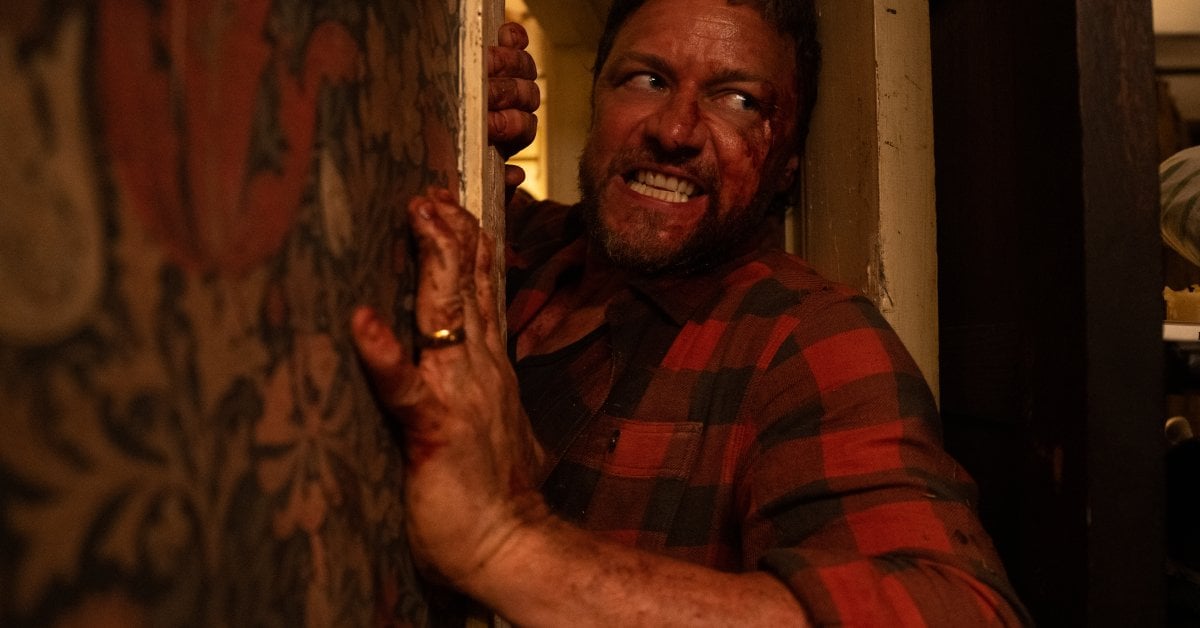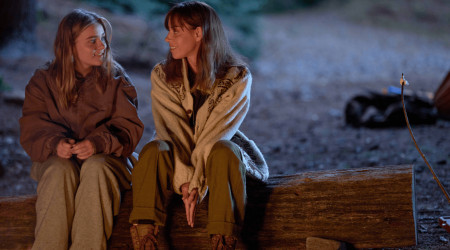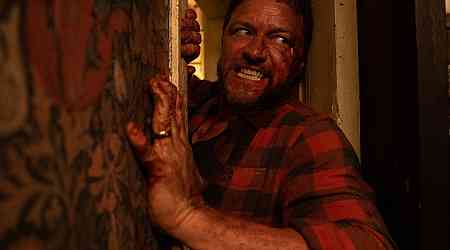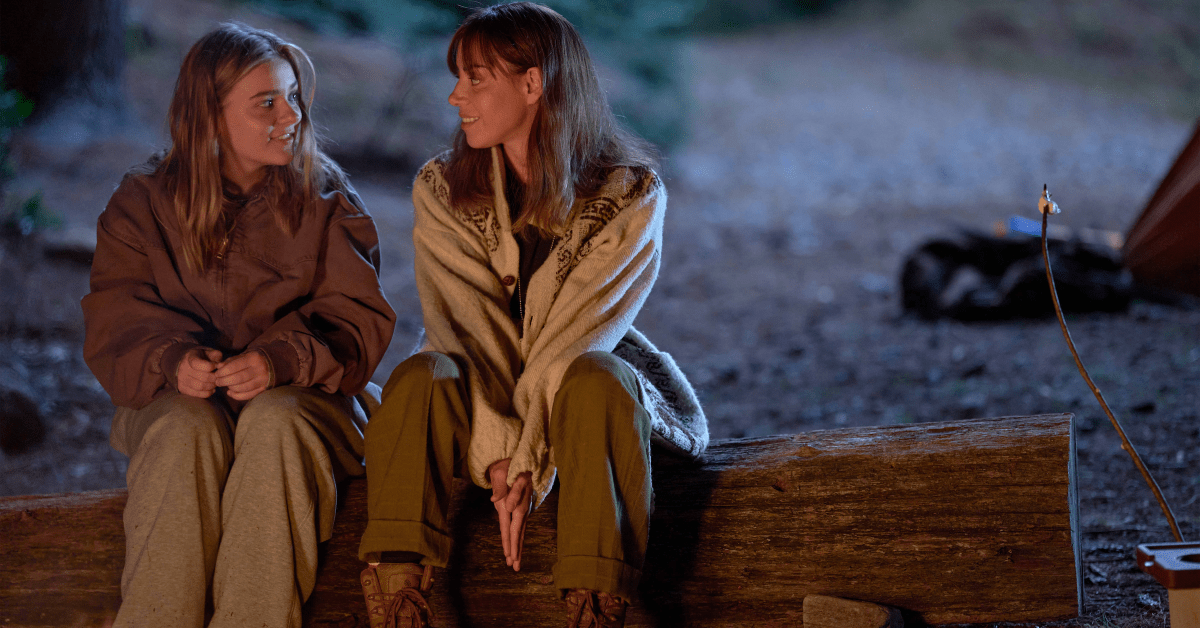
Warning: This post contains spoilers for Speak No Evil.
Have you ever felt like something bad was going to happen and trusted your gut to help you decide what to do? If so, you’re way more in tune with your intuition than the family at the center of Speak No Evil, now in theaters.
In the new English-language remake of Danish filmmaker Christian Tafdrup’s 2022 psychological horror of the same name, an American expat family vacationing in Tuscany, husband and wife Ben (Scoot McNairy) and Louise Dalton (Mackenzie Davis) and their 11-year-old daughter Agnes (Alix West Lefler), are drawn into the web of a murderous English couple, Paddy (James McAvoy) and Ciara Feld (Aisling Franciosi), targeting them as their latest marks in a long line of victims.
[time-brightcove not-tgx=”true”]Written and directed by James Watkins (Eden Lake, The Woman in Black), the movie follows the Daltons as they return home to London before accepting an invitation to visit Paddy, Ciara, and their mute son Ant (Dan Hough) at the Felds’ West Country farm for a weekend. From there, Speak No Evil becomes an exercise in not screaming at the screen for these characters to show an ounce of common sense. As red flag after increasingly red flag rears its head, the Daltons never let whatever sense of self-preservation they have overcome their need to be polite.
“I was looking at [Funny Games filmmaker] Michael Haneke and [Force Majeure filmmaker] Ruben Ostlund and Mike White with The White Lotus, that kind of queasy dramedy of social interaction,” Watkins told Total Film of his take on the story. “I suppose, the horror of everyday life and how we all try to negotiate it. There’s horror enough in that, you could almost not have the whole underlying story. That fascinated me.”
The horror of social niceties

When the original Speak No Evil—in which a Danish family visits a Dutch couple—came out in 2022, Tafdrup said the film was intended to be a commentary on how Nordic culture is intensely driven by social conventions.
“Everything I work with is based on awkwardness and that cringe-ness,” he told Nordic Watchlist. “It is just a Scandinavian thing. You see, we don’t like to talk about how we are feeling, we try to stay polite and behave nicely, suppressing what we really think. That is very Scandinavian—we are so dictated by social manners and social views. If you compare it just to American or English people, we don’t talk about our feelings so much, we don’t show so much excitement—we just underplay everything. So that creates a lot of awkwardness in social gatherings.”
Watkins’ version replaces the Danes with passively liberal Americans and the Dutch with crudely overzealous Brits, a switch-up that Watkins, who is British himself, said was necessary for him to capture the nuances of the story.
“The cliche might be that the Brits are oppressed and the Americans are outspoken, but that’s not necessarily been my experience,” he told Total Film. “There are lots of Americans, East Coast Americans particularly, who are quite uptight, so I kind of thought, ‘Okay, I can do that, then I can lean into lots of things; landscape, mythology, that kind of English humor.’ I knew I could explore those themes and dig into them a bit deeper.”
The result is an opening two acts in which the Daltons ignore, accept, or make excuses to a near unbelievable extent for the Felds’ escalating social transgressions—from Paddy forcing vegetarian Louise to take the first bite of a prized cooked goose to Ciara bringing Agnes in to sleep in her and Paddy’s bed after Agnes has a bad dream to the emotional volatility pervading pretty much every interaction.
After Louise discovers the boundary-crossing sleeping situation, the family even makes an unannounced, early-morning escape from the house—only to return when Agnes realizes she left her beloved stuffed bunny behind and allow themselves to be convinced to stay.
Most horror movies have moments where viewers find themselves lamenting a character’s dumb decision. With Speak No Evil, that’s more or less the entirety of the film from start to finish.
An Americanized ending

While the first two acts of Watkins’ Speak No Evil are relatively faithful to the original, as American studios are prone to do with European remakes, the third act pretty much totally undercuts Tafdrup’s nihilistically bleak ending.
Although they’re subjected to their fair share of violence and psychological trauma, the Dalton family gets off way easier than their Danish counterparts. In the original, Bjorn (a.k.a. Ben) is the one to discover the people they’ve been staying with are actually serial killers with a pattern of deceiving couples on holiday with a young child before killing the parents, cutting out the child’s tongue, and forcing him or her to masquerade as their own kid to help draw in future victims.
Bjorn then finds Abel (a.k.a. Ant) drowned in the pool, prompting him to flee with his family. However, it’s too late, and Patrick and Karin (a.k.a. Paddy and Ciara) catch up with them, cut out Agnes’ tongue as her parents watch, and then stone Bjorn and Louise to death. When questioned by Bjorn about why they’re doing this, Patrick simply responds, “Because you let me.”
This time around, Ant finally succeeds in getting Agnes to catch on to what’s afoot, giving her time to alert her parents to the situation. A tense confrontation ensues when the Daltons try to leave that turns the movie into a cat-and-mouse thriller in which the the good guys eventually succeed in killing their aggressors and survive the whole ordeal.
As for why Watkins chose to basically defang his finale, the director told Total Film that he didn’t feel the need to make another “incredibly bleak movie.”
“What I’ve taken from [Tafdrup’s] film is the satire, the exploration of the social rules, and how we react,” he said. “You can give people an incredibly tense roller coaster ride that has thematic nourishment and things to take away and talk about in the pub, but it can be fun.”




























